Each day brings us closer to July 4th when the 17th winner of the Caine Prize for African Writing will be unveiled.
You’ve either read the shortlisted stories or read the reviews we posted right here on Brittle Paper. You have a sense of what the stories are about. You know whether you like them or not. You have your favorites, who you’d like to win, and so on. Well, it’s now time to shift focus from the stories to the brilliant minds that concocted them.
We knew this time would come, so while you were getting acquainted with the stories, we were busy interviewing each of the shortlisted authors. We wanted you to see a side of these writers that you didn’t get from reading their stories. Here is the first of five interviews that will run in the next two weeks. We would like to thank Nairobi-based writer Akati Khasiani for fielding the questions.
Abdul Adan is the Somali Kenyan author of “The Lifebloom Gift,” a story he developed two years ago when he participated in the Caine Prize workshop in Zimbabwe. Adan is also a founding member of the Jalada collective.
“The Lifebloom Gift” was reviewed by F. T. Kola who described it as “11 pages” of “actual delight, caused by the story’s sweet absurdity, its utter strangeness, and the intimate and convincing voice of the narrator.” [read more]
Enjoy reading!
***
Congrats on making the Caine Prize shortlist. How is being shortlisted significant for you?
Thank you! It’s exciting to be shortlisted, especially for this story which I didn’t expect much from in the way of official approval. Many people have gotten to know about me and my work, and a few even sent me kind, encouraging emails. The shortlisting has certainly reinvigorated my hand. I want to write and read more.
The prize is awarded for outstanding “African writing.” We are curious about what ‘African writing’ means to you? Let’s be the first to agree with you that it is an old and tired question. But we are hoping that you’ll humor us and take it as a chance to reflect on the modifier “African” and, perhaps, its place within your work and your sense of yourself as a writer.
I take African writing to mean work that has been written by an African. I am both a writer and an African. My work would reflect whatever it is that is exciting my imagination at the time of writing. These could be people, aliens, crocodiles, or the smell of camel urine. So does the ‘modifier’ as you say, have a place in my work? Maybe as far as I am an African, who grew up in Africa, thinks in African languages, suffers from African ‘black’ problems, and feels things that were stirred in that space within me.
What’s most important to you in the crafting process? The theme/subject/topic of the story or the form/experimentation/aesthetics of storytelling?
It’s mostly the latter.
This year’s stories all featured characters dealing with pain in some way, whether a personal trauma or a form of societal or generational suffering. How would you account for this emphasis on suffering—given the criticism that African writing only gets consumed by a global audience when it deals with negative tropes?
If a story is well written and attempts to say something new, then the topic is irrelevant really. But even old tired tropes, when featured, can be squeezed for that new turn. I love it when writers try new things. Lesley Nneka Arimah is doing a good job of this. I must say, though, that the sort of suffering dealt with in this year’s shortlist are universal ones. So I won’t file them with what has characterized our writings over the past decades.
For whom do you write?
I write for myself.
“The Lifebloom Gift” is a fascinating story. It has been described as “unsettling.” Was this your intention when crafting this tale? What inspired you to write this story?
Thanks for this good question. I had no intention of “unsettling” anyone. Every effect is appreciated. I just wanted to search for the extremes in intimacy and human contact. I often think up stories with very good intentions but unexpected things could happen sometimes during the writing. I love it when that happens.
I had parts of the case study in my head when I arrived in Zimbabwe for the Caine prize workshop of 2014. I used to work as a medical transportation driver and had driven a middle aged woman from a hospital to her home in a small Missouri town three years earlier. I helped unload her with her stuff and carried them into the house. It was there that I saw her son watching a film in the living room. A dog slept on his lap. He turned and gave me a little nod as I was exiting the house. That young man, his mother, and the little town with so many churches stuck with me. Over the next few months, without deciding consciously, certain issues just got projected onto that young man’s peaceful sweet self. So three years later in Zimbabwe, he just had to be Ted. Other details came through at the workshop. I was surrounded by very interesting people, and some of them, or my ideas of them, have made it into the story.
To characters other than the narrator, Ted and his titular gift seems intrusive, cloying, even violent. Tell us about your choice to portray such contrasting aspects of what is supposed to be pure love.
There was never a conscious choice. I was just writing and it flowed fine and I followed it. I see some intimacy in all the images in the story, including the violence. As for Ted’s actions, what matters most are his own believes and the narrator’s. The others are ignorant. It’s not that different from forcing someone to believe in heaven so he could get admitted into it when he/she dies.
The interposition of a scientific article was an interesting touch. What made you choose to shift the tone of the story like that?
The scientific article was the oldest part of the story. Everything else there was just to support the article and put it in some context. I enjoyed writing the article a lot. I felt free from so many creative writing rules I fuss about sometimes. And because Ted was meant to be crazy at the time the narrator wrote the article, imagine the freedoms I had! I was so free to roam. There was a lot more that could be said. Time was limited though. I had fallen behind my fellow workshop participants and had to rush it.
The narrator spends the first paragraph strongly denying any same-sex attraction, yet his relationship with Ted Lifebloom has all the hallmarks of a love story, down to seeing stars in his eyes. Tell us, is this a love story?
Hmmm. Let’s not forget that the narrator speaks colorfully about women and their parts. The case study is as much about the narrator as it is about Ted. It’s all in the language. The narrator goes on about a ‘smooth, narrow path’ between breasts, and certain ‘moist corrugated innards’.
Who knows, though? There’s probably more to this settling thing they got going.
Finally, what was your favorite of the other stories?
I do have a favorite but I won’t say a thing for now.
***
Thanks to Adan for taking the time out to respond to these questions. We wish him all the best!
***********
About the Interviewer:
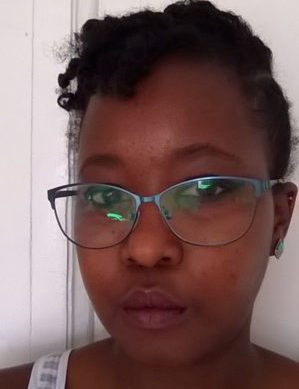 Akati Khasiani is a city-bred, country-loving, Kenyan writer, doctor and soon-to-be economist with opinions and a tendency to daydream. Her work was featured in the Jalada 01 anthology.
Akati Khasiani is a city-bred, country-loving, Kenyan writer, doctor and soon-to-be economist with opinions and a tendency to daydream. Her work was featured in the Jalada 01 anthology.


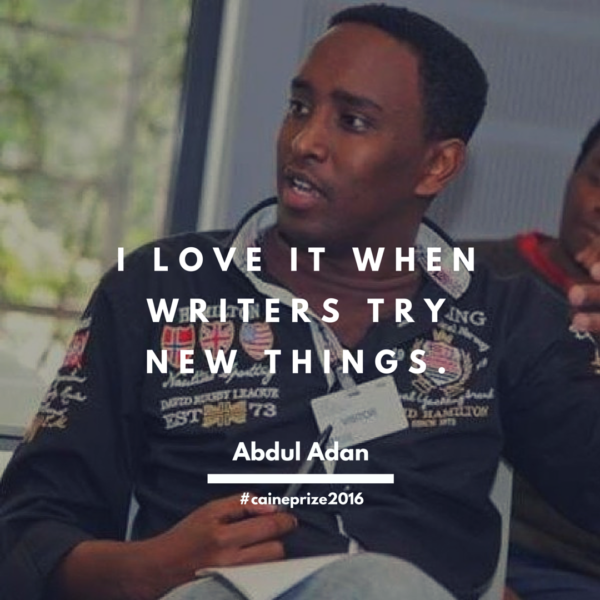
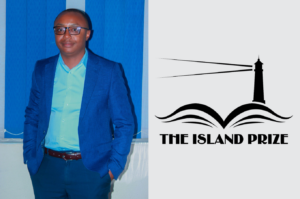
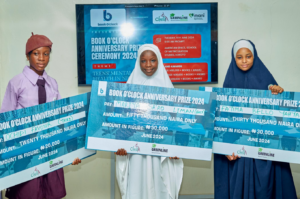
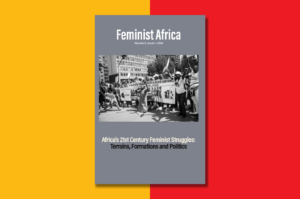
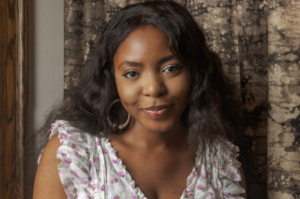
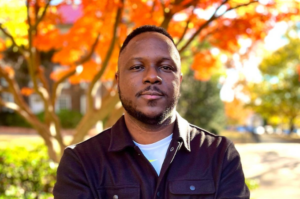
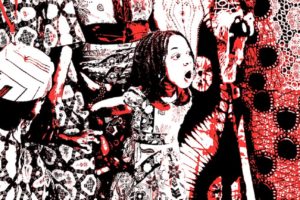

2016 Miles Morland Shortlist Announced | people who write December 03, 2016 18:18
[…] *Abdul Adan – Somalia (Shortlisted for the 2016 Caine Prize; Founding member of the Jalada collective) *Jekwu Anyaegbuna – Nigeria (Shortlisted for the 2012 Commonwealth Short Story Prize: Africa; Shortlisted by novelist Chimamanda Ngozi Adichie for the Farafina Trust International Creative Writers’ Programme) *Ayesha Harruna Attah – Ghana (Shortlisted for the 2010 Commonwealth Writers’ Prize; author of two novels including Harmattan Rain and Saturday’s Shadows) *Rotimi Babatunde – Nigeria (Winner of the 2012 Caine Prize; Longlisted for the 2015 Sunday Times EFG Short Story Award; included in the Africa39 Anthology) *Dayo Forster – Gambia (Author of Reading the Ceiling) *Amy Heydenrych – South Africa (Author of the short story “The Money Shot“) *Abubakar Ibrahim – Nigeria (Author of The Season of Crimson Blossoms, The Whispering Trees, Daughters of Bappa Avenue, and The Quest for Nina; winner of the 2016 Nigeria Prize for Literature; included in the Africa39 Anthology) *Nneoma Ike-Njoku – Nigeria (Author of the short story “Daddy Lagos;” Recipient of a Writing for Peace Young Writers Prize) *Julie Iromuanya – Nigeria (Author of Mr and Mrs. Doctor; Shortlisted for the 2016 PEN/Faulkner Award and PEN/Bingham Prize for Debut Fiction; Longlisted for the 2016 National Book Critics Circle John Leonard Prize for Debut Fiction and the Etisalat Prize for Literature) *Hamse Ismail – Somalia (Author of the short story “Mediterranean Bird: A Quest for Love in Paradise,” a Mandela Washington Fellow at the University of Delaware in Newark) William Ifeanyi Moore – Nigeria (Author of Lonely Roads and 30/30: Short stories on love, life and other such nonsense) *Lidudumalingani Mqombothi – South Africa (Winner of the 2016 Caine Prize) *Nick Mulgrew – South Africa (Author of Stations, The Myth of This is that We’re All in this Together; Co-Editor of Water: New Short Fiction from Africa; Founder of the poetry press, uHlanga) *Otosirieze Obi-Young – Nigeria (Author of “The Lion in Harmattan;” 2015 Pushcart Prize Nominee) *Okwiri Oduor – Kenya (Winner of the 2014 Caine Prize; included in the Africa39 Anthology and One World Two: A Second Anthology of Global Short Stories) *Adeola Opeyemi – Nigeria (Editor at WriteHouse Collective) Olawale Olayemi – Nigeria (Freelance Writer) *Troy Onyango – Kenya (Winner of the 2016 Inaugural Nyanza Literary Prize) *Mary Ononokpono – Nigeria (Winner of the 2014 Golden Baobab Prize for Early Chapter Books; Shortlisted for the 2015 Miles Morland Foundation Scholarship; included in the anthology of Water: New Short Fiction from Africa) *Koye Oyedeji – Nigeria (Writer; Critic; Literature Professor) *Bryony Rheam – Zimbabwe (Author of This September Sun; Winner of the Best First Book prize at the 2010 Zimbabwe Book Publishers’ Association Awards) *Sandisile Tshuma – Zimbabwe (Honourable Mention in the 2010 Thomas Pringle Awards for the best short story published in a newspaper or journal in southern Africa in the preceding two years) […]